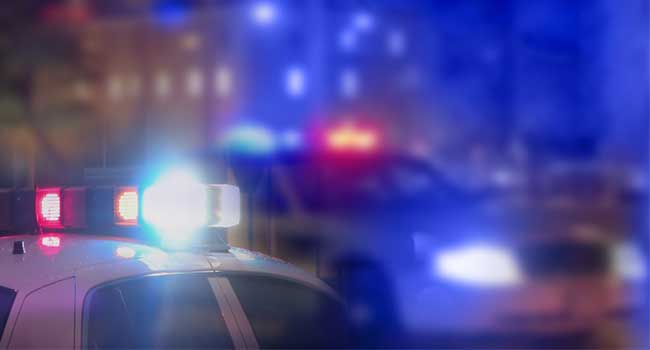
49 Dead in New Zealand Mosque Shootings
Two deadly attacks on mosques in New Zealand leave 49 people dead.
- By Sydny Shepard
- Mar 15, 2019
At least 49 people were killed in mass shootings at two mosques full of people attending Friday night prayers.
The deadliest attack occurred at the Al Noor mosque in central Christchurch at about 1:45 p.m., when 41 people were killed. Witnesses told local news stations that a man dressed in black entered the mosque and then began shooting into the crowd. The suspect dropped what appeared to be a semi-automatic weapon in the driveway of a neighbor house and fled.
A witness said they noticed the suspect had a helmet with some type of device on top, giving him a military appearance. It was later learned that a video was being live-streamed by the shooter, showing the attack in horrifying detail. The video shows the gunman spending more than two minutes inside the mosque shooting victims. The suspect can then be seen shooting outside of the mosque and then entering a car where music plays and he drives off.
During a second shooting at the Linwood mosque, about three miles away from the Al Noor mosque, seven people were killed and one person died later at the hospital due to a gunshot wound sustained in the second attack.
Police took three men and a woman into custody after the shootings, which shocked people across the national of more than five million people. Police later said one of the arrests didn't relate to the shootings, but that one man had been arrested and charged for murder. Police did not say if the man charged with murder was responsible for both shootings.
The two other suspects were being held in custody. Police say they are trying to determine how they might be involved in the plot.
While there is no reason to believe there are more suspects, Prime Minister Jacinda Ardern said the national security threat level was being raise from low to high, the second-highest level.
National carrier Air New Zealand cancelled at least 17 flights in and out of Christchurch, saying it couldn't properly screen the customers and their baggage following the shootings.
Ardern alluded at a news conference to anti-immigrant sentiment as the possible motive, saying that while many people affected by the shootings may be migrants or refugees, "they have chosen to make New Zealand their home and it is their home. They are us."
In addition to the weapons used for the shootings, police say they found two improvised explosive devices in one car, a clarification from an earlier statement that there were devices in multiple vehicles.
Mass shootings in New Zealand are rare. Before Friday's attack, the deadliest shooting in modern history occurred in the small torn of Aramoana in 1990, when a gunman shot and killed 13 people following a dispute with a neighbor.
About the Author
Sydny Shepard is the Executive Editor of Campus Security & Life Safety.